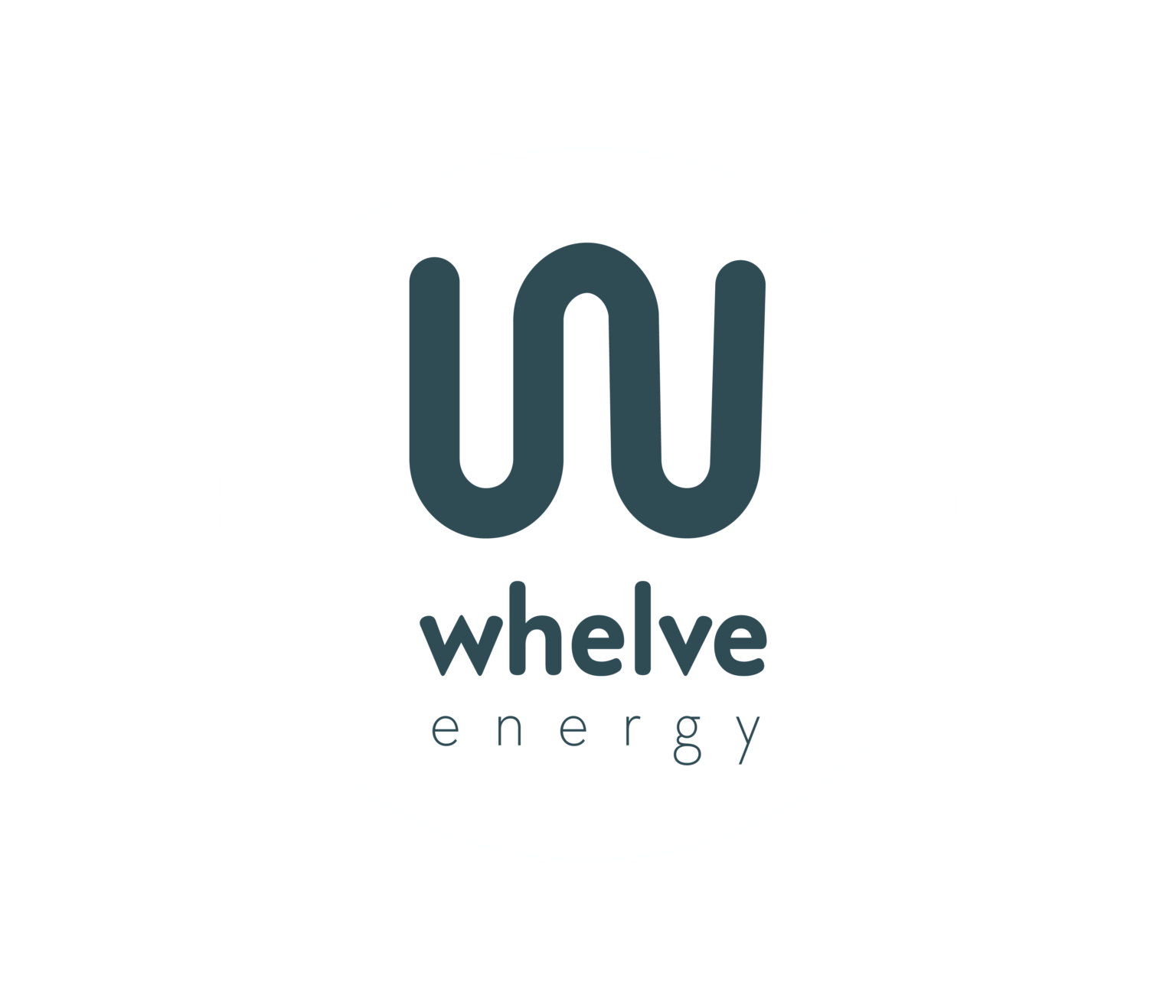Water Well Drilling

About Water well drilling
Water well drilling is the drilling of a hole in the soil or rock in order to locate the underground aquifer. This is essentially a technical project that aims to exploit groundwater resources.

The drilling of the water well is carried out with appropriate drilling rigs/water well rigs. The drilling techniques that are applied are mainly percussion, rotary or a combination of both.
The choice of the appropriate location and depth of drilling of a well is of the utmost importance as a number of criteria must be taken into account (geological – hydrogeological, morphological, water quality, economic, legal, etc.) in order to achieve the optimal design of the well.
The correct (optimal) design of a well has the following advantages:
The drilling of a water well drilling takes place after the permit-study procedures are completed and its budget has been competed.
Issuance of Drilling Permit
For the complete protection and proper management of groundwater, an implementation plan is required before the construction of a well. This plan is necessary for the issuance of the permit. In addition, the geological survey is very important for the successful drilling of a well, as it determines the exact point where a well will be drilled and estimates the depth at which the aquifer is based mainly on the geology and hydrogeology of the area under consideration. In particular, the planning process includes:
Our company undertakes the planning process and supervision of water well drilling; the legalization of an existing drilling or well, as well as the collection of the necessary documents in order to complete the file for the licensing application of a new water well.


